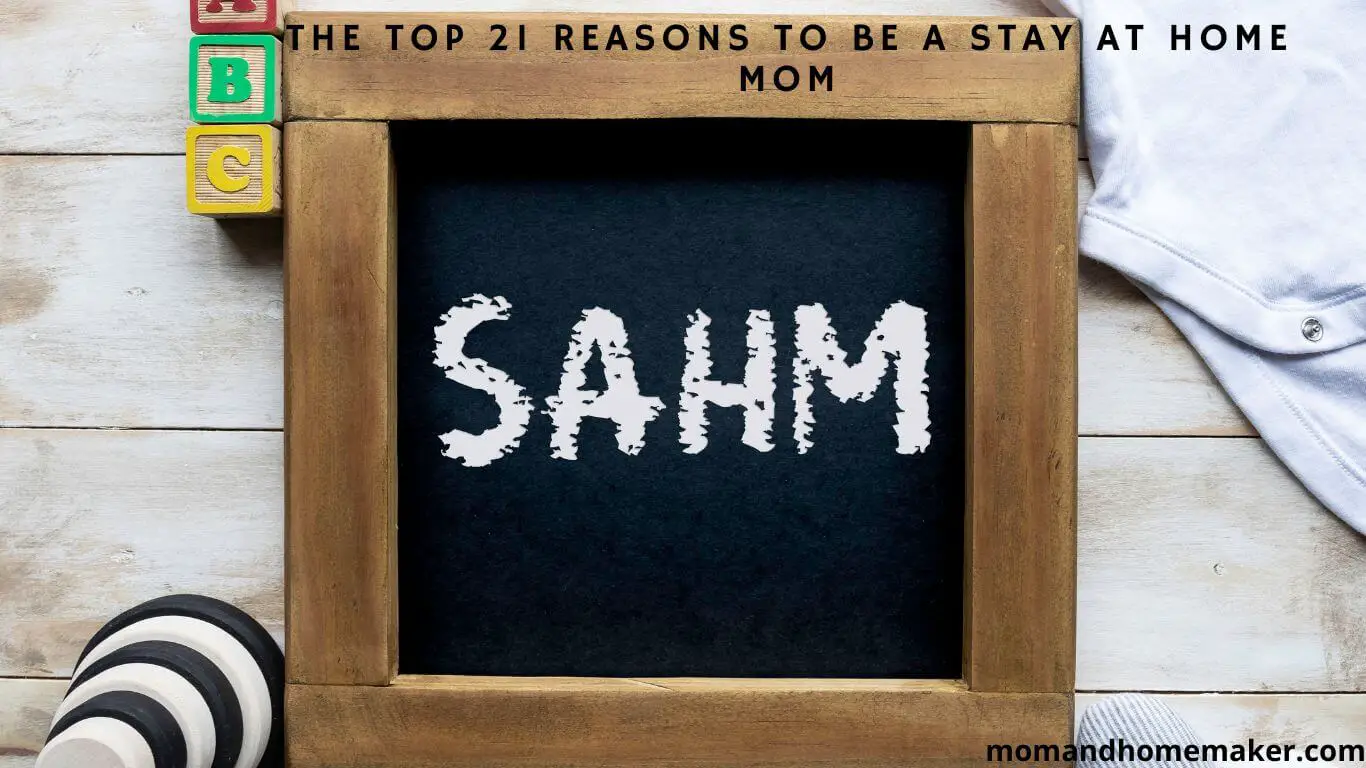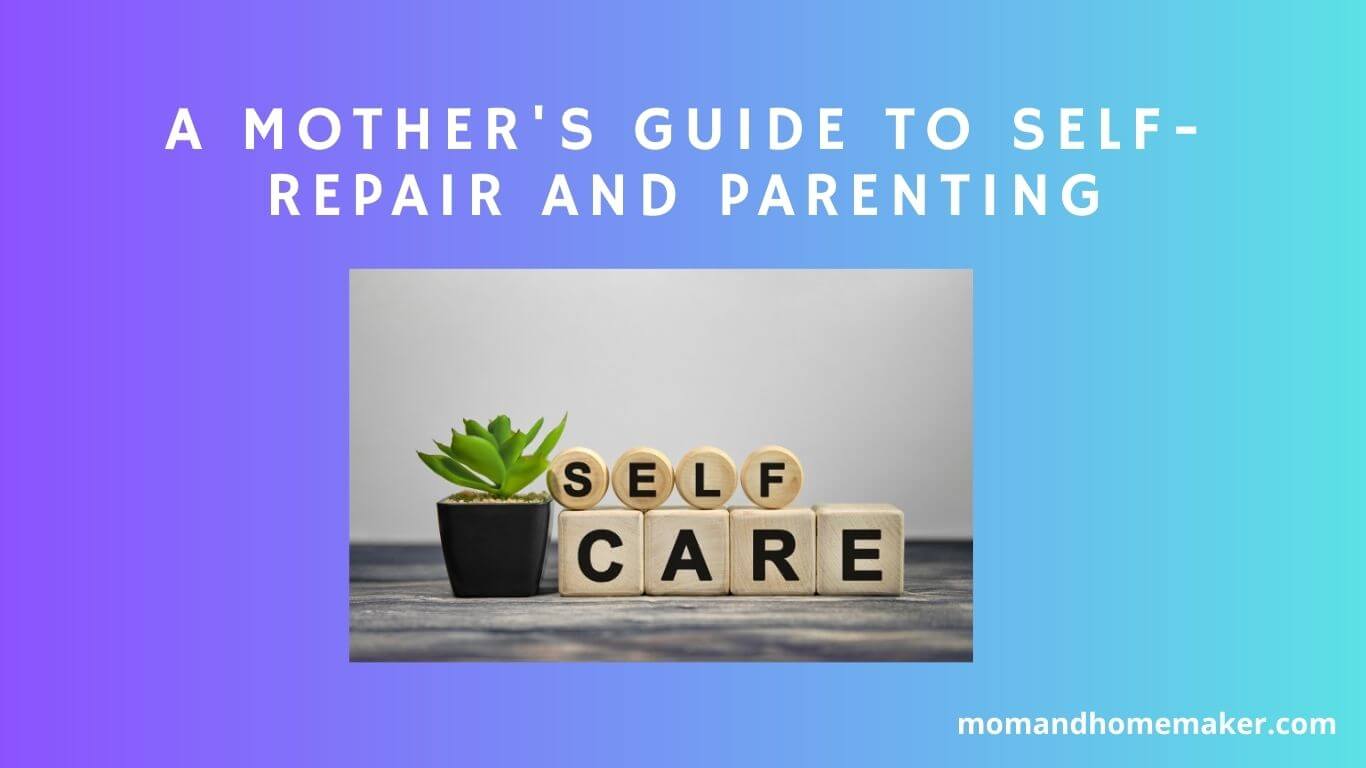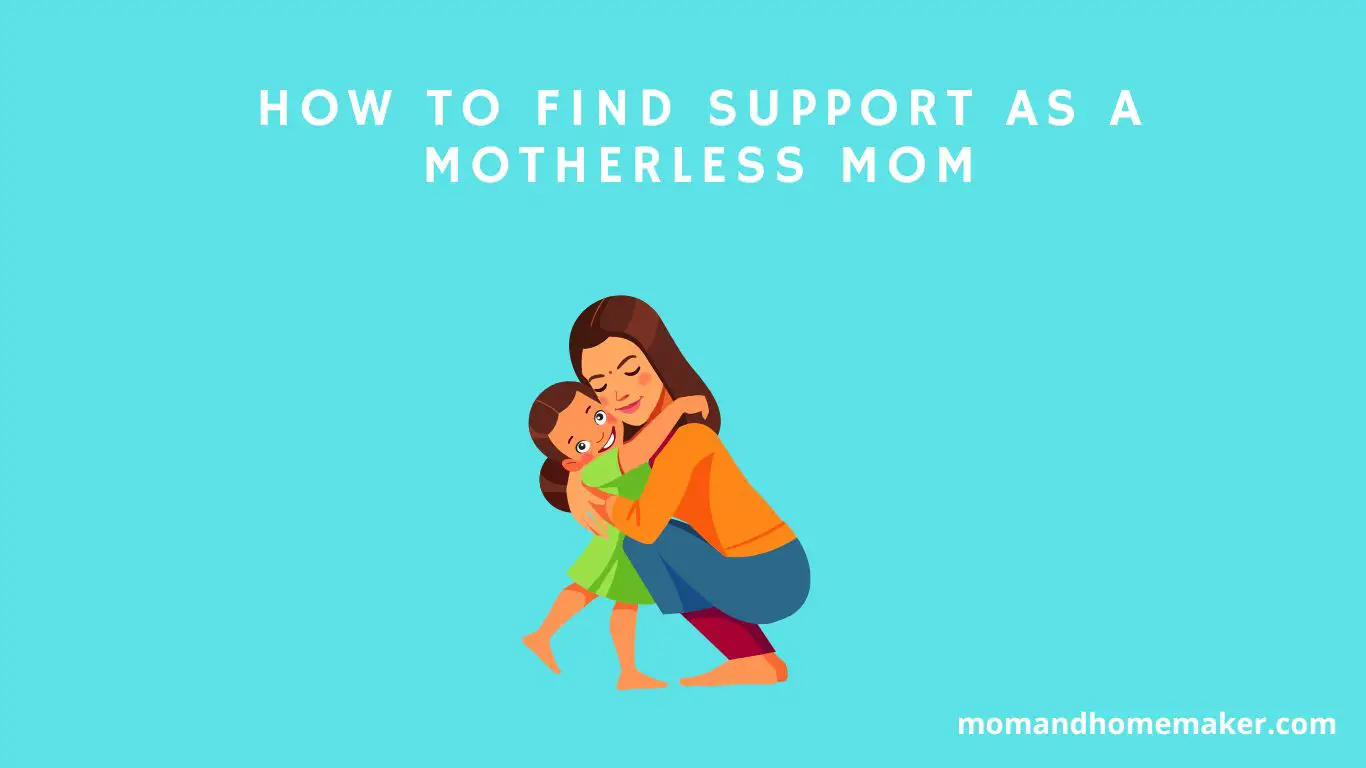When considering the financial aspects of being a stay-at-home parent versus working outside the home, it’s common to assume that staying home is the more cost-effective choice.
However, it’s crucial to take a closer look at the various expenses and long-term impacts before making a decision based solely on finances.
Factors like childcare costs, lost income, and retirement planning all play a significant role in the financial implications of being a stay-at-home parent. It’s essential to weigh these considerations carefully before deciding on the best path for your family.
Financial Considerations
If you’re considering the financial aspects of being a stay-at-home parent, it’s important to look at budgeting, saving strategies, investment opportunities, financial independence, and overall money management.
When you transition to a single-income household, creating a detailed budget is crucial. This helps you see where your money is going and where you can cut costs. By finding ways to save, you can work towards financial stability and independence.
Saving strategies are key for managing finances while staying at home. Whether it’s cutting unnecessary expenses, meal planning to save on food costs, or finding ways to reduce utility bills, every little bit helps. Prioritizing saving can give you a safety net and open up opportunities for future investments.
Even with one income, there are ways to grow your money. Consider setting up a retirement account, investing in low-risk funds, or starting a small side business to secure your financial future while caring for your children at home.
Effective money management is essential for navigating the financial side of being a stay-at-home parent. By staying organized, tracking your spending, and being proactive about your finances, you can build a solid foundation for your family’s financial well-being.
Childcare Costs
Understanding the financial impact of childcare costs is crucial for stay-at-home parents looking to manage their budget effectively. When considering this aspect, it’s important to look into various factors that can influence your decision-making process. Here are some key points to keep in mind:
- Childcare Options: Research different childcare options in your area, such as daycare centers, in-home daycare, or hiring a nanny. Each option comes with its costs and advantages.
- Benefits of Staying at Home: Evaluate the benefits of being at home with your child, including the emotional bond, flexibility, and reduced exposure to common daycare illnesses.
- Parenting Responsibilities: Consider the responsibilities that come with being a stay-at-home parent, like household management, emotional support, and being present for your child’s milestones.
- Financial Implications: Calculate how childcare costs impact your overall budget and compare them to the potential savings of staying at home.
- Cost Comparison: Conduct a detailed analysis comparing childcare expenses to the financial adjustments needed for transitioning to a stay-at-home parenting approach. This comparison will help you make an informed decision based on your family’s unique situation.
Commuting Expenses
When considering the financial impact of being a stay-at-home parent, it’s important to take into account commuting expenses. By staying home, you can save money on gas since you won’t be driving to and from work every day. This reduction in gas costs can add to your overall savings as a stay-at-home parent.
Not having to commute also means saving time that would have been spent in traffic or waiting for public transportation. This extra time can be used to take care of your family, pursue personal interests, or simply enjoy more time at home.
Furthermore, being a stay-at-home parent can lead to lower car maintenance expenses. With less frequent use of your vehicle for commuting, you may find yourself needing fewer repairs and maintenance services, which can save you money in the long term.
If you used to rely on public transportation for your commute, becoming a stay-at-home parent eliminates these costs. Additionally, you won’t have to worry about parking expenses associated with commuting to work, providing additional financial relief.
Work-Related Spending
Reduce your work-related expenses by transitioning to a stay-at-home parent role. This shift can help you manage your budget effectively, improve financial stability, and embrace frugal living. To make this transition smoother, follow these money-saving tips:
- Develop a Detailed Budget: Start by outlining your income and expenses to get a clear picture of your financial situation. This will help you identify areas where you can cut costs and save money.
- Cut Out Unnecessary Expenses: Review your spending habits and eliminate non-essential costs. By trimming unnecessary expenses, you can allocate more resources to essential needs.
- Plan and Cook Meals at Home: Save money by preparing meals at home instead of dining out. Meal planning can reduce food waste, control grocery expenses, and keep you within your budget.
- Learn Basic Home Maintenance: Acquire basic skills for household repairs and maintenance tasks. This can help you save on hiring professionals for minor jobs around the house.
- Explore Low-Cost Entertainment Options: Look for free community events, nearby parks, and library activities for entertainment. Engaging in budget-friendly activities can help you maintain a fulfilling lifestyle without overspending.
Lost Income
When you decide to transition to being a stay-at-home parent, managing the financial impact, especially the loss of income, is key to maintaining stability. Giving up your current income comes with a cost, not just for now but also for your future earning potential.
Adjusting your budget becomes crucial to cope with the lost income. By reassessing your expenses and making necessary changes, you can adapt to living on a single income. This may involve cutting back on non-essential items, finding ways to save on groceries or utilities, or exploring alternative sources of income from home.
Moving to a single-income household often requires significant lifestyle adjustments. You might need to let go of certain luxuries or entertainment options to align with your new financial reality. However, these changes can lead to a more intentional and fulfilling way of living that focuses on what truly matters to you and your family.
While becoming a stay-at-home parent involves financial considerations, the value you bring to your family and the joy of being present for your children can outweigh the monetary aspects.
By carefully managing the loss of income through strategic planning and a positive mindset, you can create a sustainable and rewarding lifestyle as a stay-at-home parent.
Tax Implications
When considering the tax implications of transitioning to being a stay-at-home parent, it’s important to think about a few key points. You can explore deductions for expenses related to childcare, education, or a home office if you run a small business from home.
Look into available tax credits like the Child Tax Credit or the Child and Dependent Care Credit to maximize your tax savings. Understand how your decision to stay at home might impact your tax filing status and overall tax liability.
Research any specific tax advantages for your situation, such as contributing to a tax-advantaged retirement account in your spouse’s name. It’s also wise to develop tax strategies with a professional to ensure you’re making the most of all available tax breaks.
Health Insurance
When considering the financial impact of being a stay-at-home parent, it’s essential to review how health insurance coverage can support your family’s well-being. Evaluating health insurance options involves several key considerations:
Medical Coverage: Make sure your health insurance plan covers all family members, including routine check-ups, emergency services, and specialist consultations.
Healthcare Costs: Compare monthly premiums, deductibles, and co-pays across different plans to determine the best value for your family’s needs.
Insurance Options: Research various providers to find a plan that aligns with your budget and meets your family’s healthcare requirements. Consider factors like network coverage and customer reviews for an informed decision.
Look for health insurance plans that offer family benefits such as pediatric care, maternity services, and mental health support. Inquire about wellness programs that promote healthy habits and preventive care for your family.
By carefully assessing these aspects of health insurance, you can ensure your family’s medical needs are met while staying within your budget.
Career Advancement
Investing in your professional growth can help you unlock new opportunities and increase your earning potential as a stay-at-home parent. Balancing your family duties with your career ambitions is key.
Here are some important points to consider:
- Career Advancement: Continuously improving your skills and knowledge can help you move up in your field and secure higher positions, even while staying at home.
- Skill Enhancement: Make use of online courses, webinars, and workshops to upgrade your skill set and stay current with industry trends.
- Networking: Engage with online professional communities, participate in virtual events, and connect with like-minded individuals to expand your network and explore potential career paths.
- Job Satisfaction: Striving for career growth can boost your sense of fulfillment and purpose, enhancing your overall job satisfaction.
- Setting Goals: Establish clear and achievable career objectives, develop a plan to reach them, and monitor your progress regularly to stay motivated and focused on your professional development.
Household Savings
Managing household savings is essential for financial stability as a stay-at-home parent. To make the most of your budget, consider these practical ways to save money:
| Saving Opportunities | Benefits |
|---|---|
| Grocery savings and budgeting | Planning meals and creating shopping lists can help save on groceries. Buying in bulk for frequently used items can also cut costs. |
| Energy efficiency and utility costs | Implement energy-saving practices like using LED bulbs and turning off lights when not in use to reduce utility expenses. Proper insulation and sealing drafts can conserve energy. |
| DIY projects and home maintenance | Learning basic repair skills can save money on professional services. Taking on DIY projects for home repairs can be cost-effective and fulfilling. |
| Meal planning and food expenses | Planning meals for the week can prevent unnecessary spending on dining out. Look for budget-friendly recipes and consider batch cooking for convenience. |
| Second-hand shopping and frugal living | Explore thrift stores, online marketplaces, and garage sales for affordable clothing and household items. Embracing a frugal lifestyle can lead to significant long-term savings. |
Stress and Mental Health
Balancing the demands of parenting as a stay-at-home parent is essential for maintaining good mental health and overall well-being. It can be challenging, but implementing effective coping strategies and self-care routines can make a significant difference in managing stress. Here are some key points to consider:
- Coping strategies: Try techniques like mindfulness, deep breathing exercises, or journaling to help you handle stress effectively.
- Parenting challenges: Recognize the difficulties you face and seek support from other parents or online communities to feel less alone in your struggles.
- Time management: Set clear boundaries and prioritize tasks to prevent feeling overwhelmed by your to-do list.
- Mental health: If you’re struggling with anxiety, depression, or other mental health issues that affect your daily life, consider therapy options.
- Relationship dynamics: Work on improving communication with your partner or family members to ensure everyone’s needs are met and conflicts are resolved in a healthy way.
Time Flexibility
Maintaining flexibility with your time as a stay-at-home parent is essential for adapting to the ever-changing needs of your family and personal responsibilities.
Effective time management allows you to create structured daily routines that fit your family’s dynamics while also allowing room for unexpected events or emergencies.
By being flexible with your schedule, you can better balance your work and personal life, ensuring both get the attention they need.
Flexibility offers more than just efficient time management—it also opens up opportunities for personal growth. As a stay-at-home parent, being adaptable lets you explore new interests, hobbies, or skills during your free time.
This continuous learning supports personal development and keeps your mind engaged beyond your parental duties.
Moreover, having time flexibility lets you carve out moments for self-care in your busy day. Whether it’s taking a short break to relax, exercise, or work on a passion project, these small moments of self-care contribute to your overall well-being.
Embracing flexibility in your daily routine can enhance your work-life balance, encourage personal growth, and equip you to serve your family and yourself effectively.
Work-Life Balance
Achieving a healthy work-life balance as a stay-at-home parent is greatly influenced by embracing the flexibility that comes with this role. To navigate the demands and rewards effectively, it’s essential to focus on key aspects like time management, family dynamics, mental well-being, self-care, and relationship balance.
Here are practical ways to maintain harmony in your daily life:
- Time Management: Use tools like schedules and to-do lists to organize tasks for household chores, childcare, personal activities, and relaxation effectively.
- Family Dynamics: Adapt to the evolving needs and dynamics within your family by promoting open communication and mutual respect.
- Mental Health: Prioritize your mental well-being by seeking support when necessary, practicing mindfulness, and taking breaks to recharge.
- Self-Care: Remember to prioritize self-care alongside caring for others, whether through hobbies, exercise, or simply setting aside time for relaxation.
- Relationship Balance: Foster meaningful connections with your partner, children, and friends by nurturing relationships and sharing moments of joy together.
Social Interaction
As a stay-at-home parent, engaging in social interactions can add richness to your daily life and provide valuable connections beyond your home. Activities like play dates, community events, parent meetups, school activities, and family gatherings can create a sense of community and support for you and your children.
Play dates help your child develop social skills and allow you to bond with other parents. Community events offer opportunities to meet new people and explore local resources. Parent meetups provide a platform for sharing experiences, seeking advice, and building a strong support network.
Involvement in school activities not only lets you engage with your child’s education but also helps you connect with other parents in a similar life phase. Lastly, embracing family gatherings can create lasting memories and strengthen family bonds.
Personal Development
To foster personal growth and enhance your skills as a stay-at-home parent, exploring new hobbies and learning opportunities can be incredibly fulfilling.
Here are some key aspects to consider in your journey of personal development:
- Self-Care for Personal Growth: Prioritizing self-care is essential for your well-being. Whether it’s through activities like meditation, journaling, or a soothing bath, taking time for yourself can help you recharge and be more present for your family.
- Balancing Time for Hobbies: Managing your time between household duties and personal interests can be a challenge. Setting aside dedicated time for hobbies you enjoy can uplift your mood and overall wellness.
- Strengthening Relationships and Self-Discovery: Being at home provides a unique opportunity to deepen your relationships with your children and partner. Engaging in activities that foster open communication and understanding can lead to valuable self-discoveries.
- Setting Goals for Self-Improvement: Establishing achievable goals for yourself, both personally and as a parent can give you a sense of purpose and achievement. Whether it’s learning a new skill or reaching a fitness milestone, progress toward your goals can be gratifying.
- Prioritizing Mental Health and Self-Reflection: Taking moments to reflect on your thoughts and emotions is crucial. Recognizing when you need a break or additional support shows strength and self-awareness. Remember, your mental well-being is just as important as your physical health.
Long-Term Financial Impact
When you choose to stay at home as a parent, it’s important to consider how this decision can impact your long-term financial well-being. Even though you may not be earning an income at the moment, planning for your future is crucial. You can look into options like a spousal IRA to continue saving for retirement.
Living on a single income requires careful budget planning. Creating a detailed budget will help you manage your resources effectively, cover expenses, and save for the future.
Building an emergency fund is also essential to protect your family from unexpected financial challenges. Aim to save at least three to six months’ worth of living expenses for emergencies.
Exploring investment opportunities that align with your risk tolerance and long-term financial goals is another way to secure your financial stability. While your focus may be on raising your family now, making wise investment choices can benefit you in the future.
By being proactive and intentional with your financial decisions, you can confidently navigate the long-term impact of being a stay-at-home parent.
Retirement Planning
When planning for your retirement as a stay-at-home parent, it’s vital to secure your financial future. Here are some essential steps to take:
- Start Saving: Begin by setting up a retirement savings account or contributing to a spousal retirement account to build a financial cushion for your later years.
- Invest Wisely: Consider various investment options like mutual funds, stocks, or retirement accounts such as IRAs or 401(k)s to grow your retirement funds steadily.
- Ensure Financial Stability: Develop a financial plan that incorporates emergency savings, insurance coverage, and a budget to safeguard your family’s financial health.
- Know Your Retirement Choices: Research and understand the available retirement options like Social Security benefits, pension plans, or retirement income strategies.
- Set Clear Goals: Define your retirement objectives, whether it involves travel, family time, or pursuing hobbies, to effectively plan and save for your future.
Decision-Making Factors
When making decisions as a stay-at-home parent, it’s important to focus on financial stability and long-term security. Managing your time effectively is key, especially with the various responsibilities of running a household and caring for children. Creating and sticking to routines can help reduce stress and make the most of each day.
Parenting challenges are a natural part of the journey, but approaching them with patience and a positive attitude can make a difference. Seeking support from other parents, joining parenting groups, and asking for help when needed are all important steps. Remember to prioritize your well-being to better care for your family.
Open communication with your partner and children is crucial in considering everyone’s needs and maintaining harmony at home. Balancing work and family responsibilities is a continuous process that requires setting boundaries and learning to say no when necessary. Remember, taking care of yourself is essential for long-term fulfillment.
Finding personal fulfillment as a stay-at-home parent is a unique journey filled with challenges, victories, and precious moments with your family. Embrace the ups and downs, celebrate the small wins, and cherish the time spent with your loved ones.
Conclusion
Ultimately, being a stay-at-home parent may not always be the most cost-effective choice when you consider the financial sacrifices and long-term impact on your retirement savings.
However, the irreplaceable moments spent with your children, witnessing their growth and development, hold more value than any amount of money.
While the financial strain may be significant, the love and memories forged during this period are truly invaluable.













